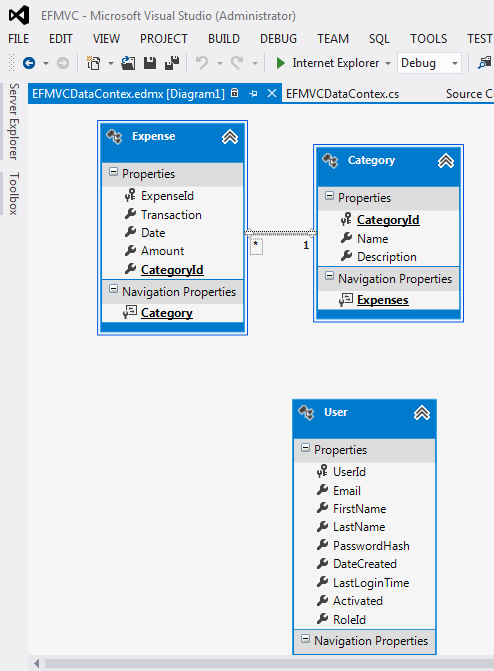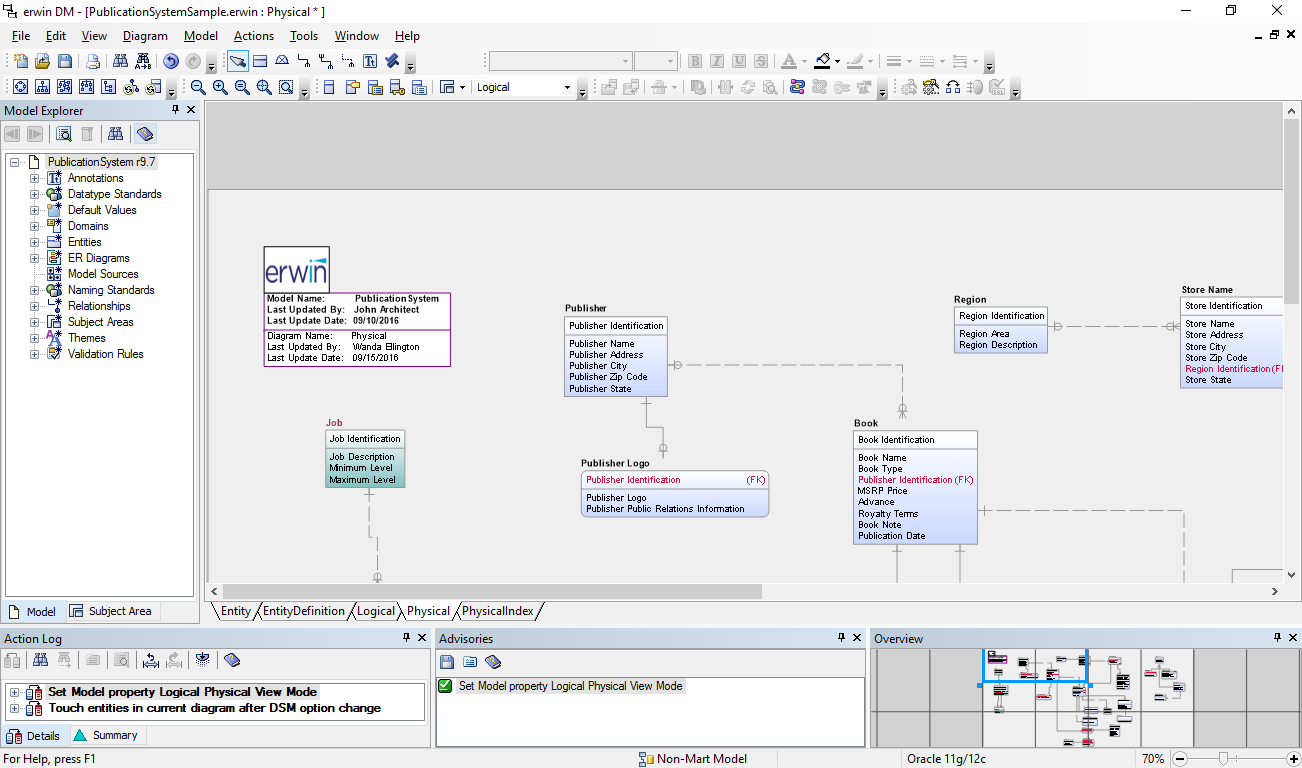

- VISUAL STUDIO DATABASE MODELING TOOLS SOFTWARE
- VISUAL STUDIO DATABASE MODELING TOOLS CODE
- VISUAL STUDIO DATABASE MODELING TOOLS WINDOWS
Some of you will remember the time when the Business Intelligence message from Microsoft was that we supposed to create solutions relying on coordinated components of many products like SQL Server (relational, SSIS, SSAS and SSRS), Windows Server, SharePoint and Office – all orchestrated to work together seamlessly. The reason that new features can be added weekly to the Power BI service and monthly to Power BI Desktop is that one product team manages all those features. Negotiating co-development of any product by several different teams is difficult within any organization, particularly one as large as Microsoft. The Power BI product team is entirely focused on developing one product by a development team under unified leadership, with a focused set of objectives. Without getting into all the reasons that it has been difficult for Microsoft to develop and maintain a rock-solid tabular model design add-in for Visual Studio, contrast that effort with the evolution of the Power BI product. However, history has demonstrated that the notion of stitching together several different products and expecting them all to just work together seamlessly is just untenable.
VISUAL STUDIO DATABASE MODELING TOOLS SOFTWARE
It’s a great product for developing software and a variety of business and data solutions. I want to be clear – I love Visual Studio.

VISUAL STUDIO DATABASE MODELING TOOLS CODE
So, yes, I am not absolutely done using Visual Studio for managing projects other than SSAS, and perhaps for code check-in …I’ll finish this part of the story in a bit. Now, before anyone has a chance to comment and say “Paul, what the are thinking? Visual Studio is an essential tool and there are certain things that you can’t do with out it!”, I agree and will continue to use SSDT for a few key features. However, at some point I the life of a project it just makes more sense to transition the data model to an enterprise-scale effort. It’s faster, more convenient and just easier than SSDT. I prefer to use Desktop to perform model design. It’s a joy to use compared with my early experiences using SSDT for tabular model design. Not only does Power BI Desktop include a lot of great features, it is stable and streamlined. The Tabular designer was fragile to put it mildly.Įnter Power BI… Initially intended for self-service data model and report design, Power BI Desktop has quickly grown into a robust and full-featured BI design tool. In 2012 when Microsoft began the transition from on-disk cubes to in-memory SSAS Tabular models, I used SQL Server Data Tools (SSDT) to create tabular models.

Back in 2005, I used the Business Intelligence Development Studio (BIDS) Visual Studio add-in for SSIS, SSRS and SSAS projects to develop BI solutions with multidimensional cubes. For several years, Visual Studio has been my go-to tool for designing semantic data models used for Business Intelligent reporting.


 0 kommentar(er)
0 kommentar(er)
